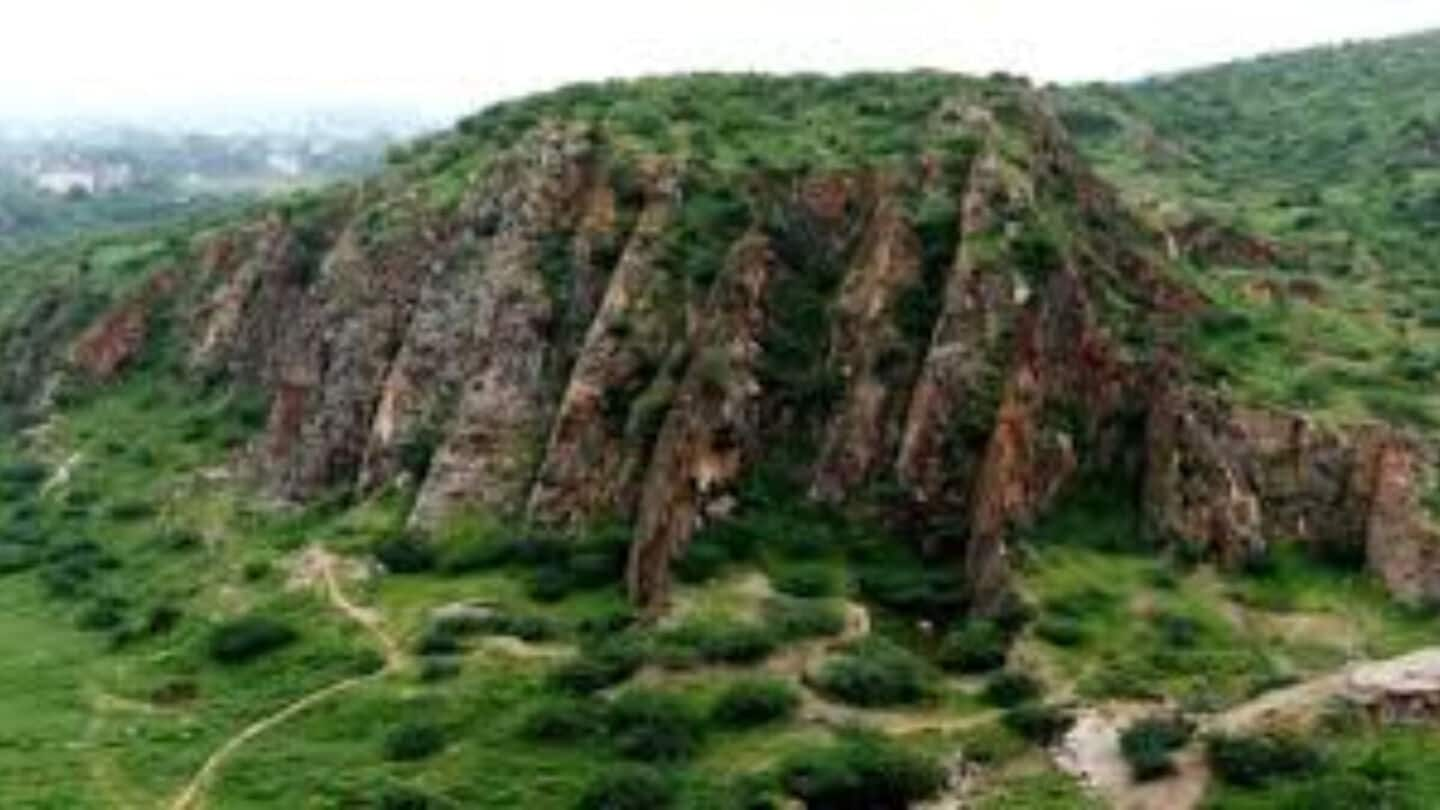**Why Most Hills in Gurugram and Faridabad Could Disappear from Maps**
*By Chanshimla Varah | Oct 10, 2025, 08:32 PM*
—
### What’s the Story?
The Haryana Mines and Geology Department has proposed a new definition for the Aravali Hills. In a proposal sent to the state Environment and Forests Department on October 4, the department stated that only hills and ranges belonging to the Aravali Supergroup and Delhi Supergroup will be considered as “Aravali Hills and Ranges.”
According to the proposal, these geological formations must have originated between 2.5 billion and one billion years ago and must rise at least 100 meters above the surrounding land.
—
### Exclusion and Its Impact
**Legal Protection at Risk**
This new definition excludes younger hills from the Neoproterozoic era (about 1 billion to 540 million years ago) and smaller landforms that do not meet the height criterion. Conservationists warn that this change could strip legal protection from many hills that currently serve important ecological functions.
MD Sinha, a former Conservator of Forests in South Haryana, expressed concern to the *Indian Express*:
>“The 100-meter height criterion could lead to most of the Gurugram and Faridabad Aravalis being removed from official maps. These areas are mostly scrub hills and grasslands with small forest patches.”
—
### Government’s Rationale
The Mines and Geology Department claims that the new definition aligns with the Geological Survey of India’s classification. Their goal is to include only ancient, continuous ranges composed of Aravali or Delhi Supergroup rocks.
The department also referenced Rajasthan’s existing 100-meter height rule as a precedent for this change. However, critics argue that geological age and height do not determine ecological importance. Sinha noted that applying these criteria could significantly reduce forest cover in Haryana.
—
### Ecological Consequences
The Aravali Hills play a crucial role in conserving biodiversity, storing groundwater, trapping heat, and regulating the climate in the Delhi-NCR region. Losing many of these hills could lead to increased dust pollution, water shortages, and more severe weather events.
Sinha warned that the policy change might benefit only a few powerful landowners by unlocking real estate opportunities on formerly protected hills. He also cautioned that this move could set a precedent for other states and Delhi to adopt similar measures.
—
### New Definition of Forest and Conservation Concerns
In August, the Haryana government issued a new definition of “forest” for conservation purposes. According to this notification, only land patches of at least five hectares or two hectares with a minimum of 40% canopy density will be considered forests. Linear plantations and orchards outside these zones will no longer be classified as forests.
Sinha highlighted the existing environmental challenges in the NCR region:
>“The NCR region already suffers from high dust loads due to dryness. Reducing vegetation will worsen pollution and disrupt local climate regulation. The Aravalis are vital for mitigating these issues.”
—
As Haryana moves forward with these new definitions, environmentalists and conservationists remain deeply concerned about the potential ecological damage and loss of green cover in the region.
—
**Tags:** Aravali Hills, Haryana Environment, Gurugram Ecology, Faridabad Hills, Forest Conservation, Haryana Mines and Geology Department
https://www.newsbytesapp.com/news/india/why-most-hills-in-gurugram-faridabad-could-disappear-from-maps/story


